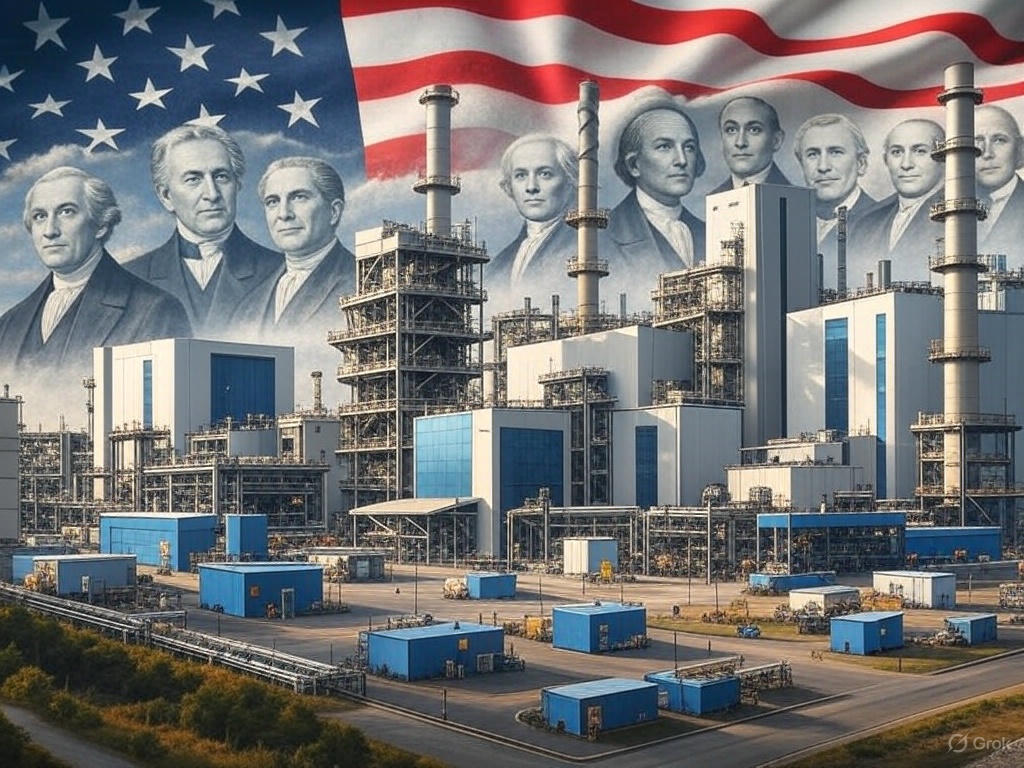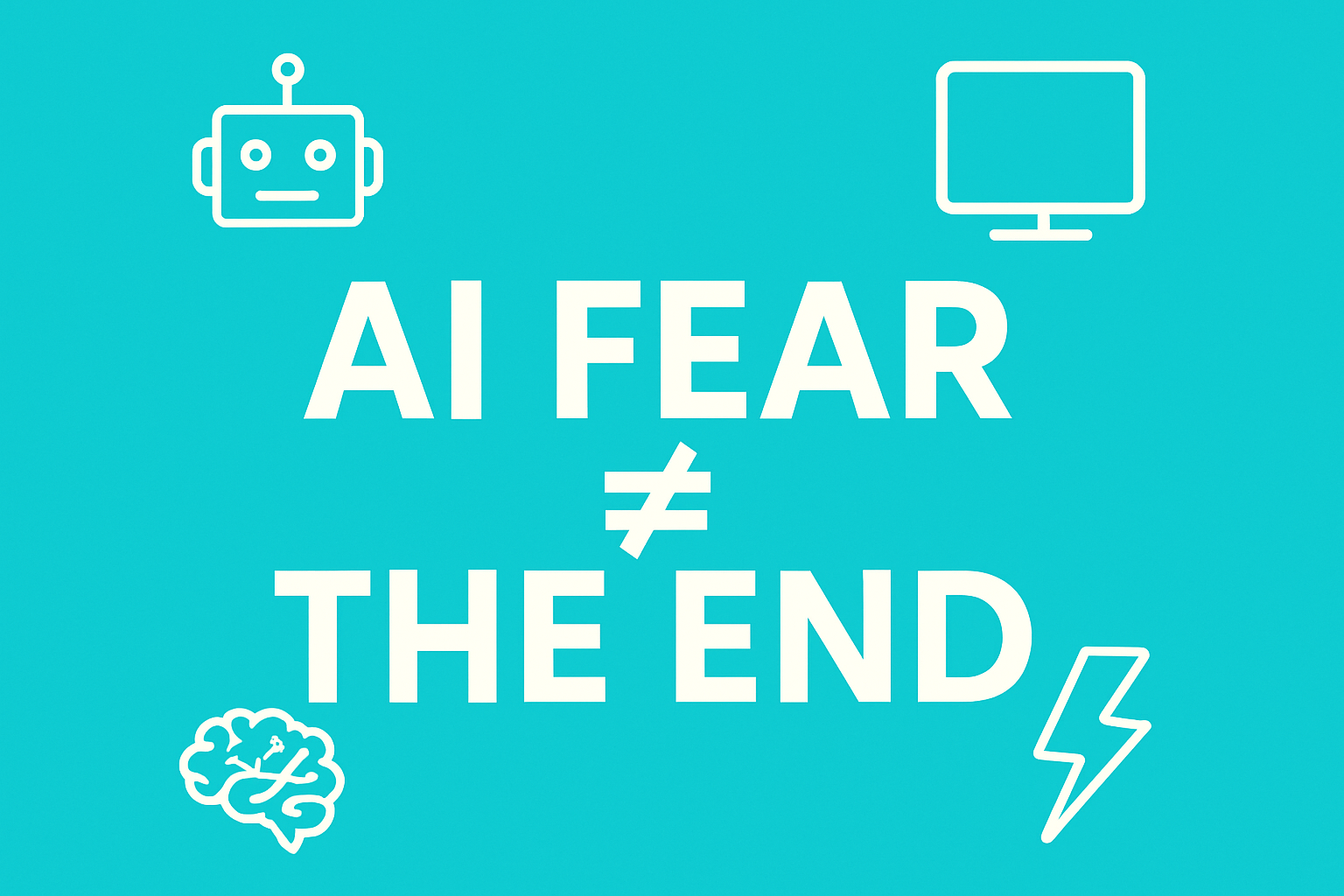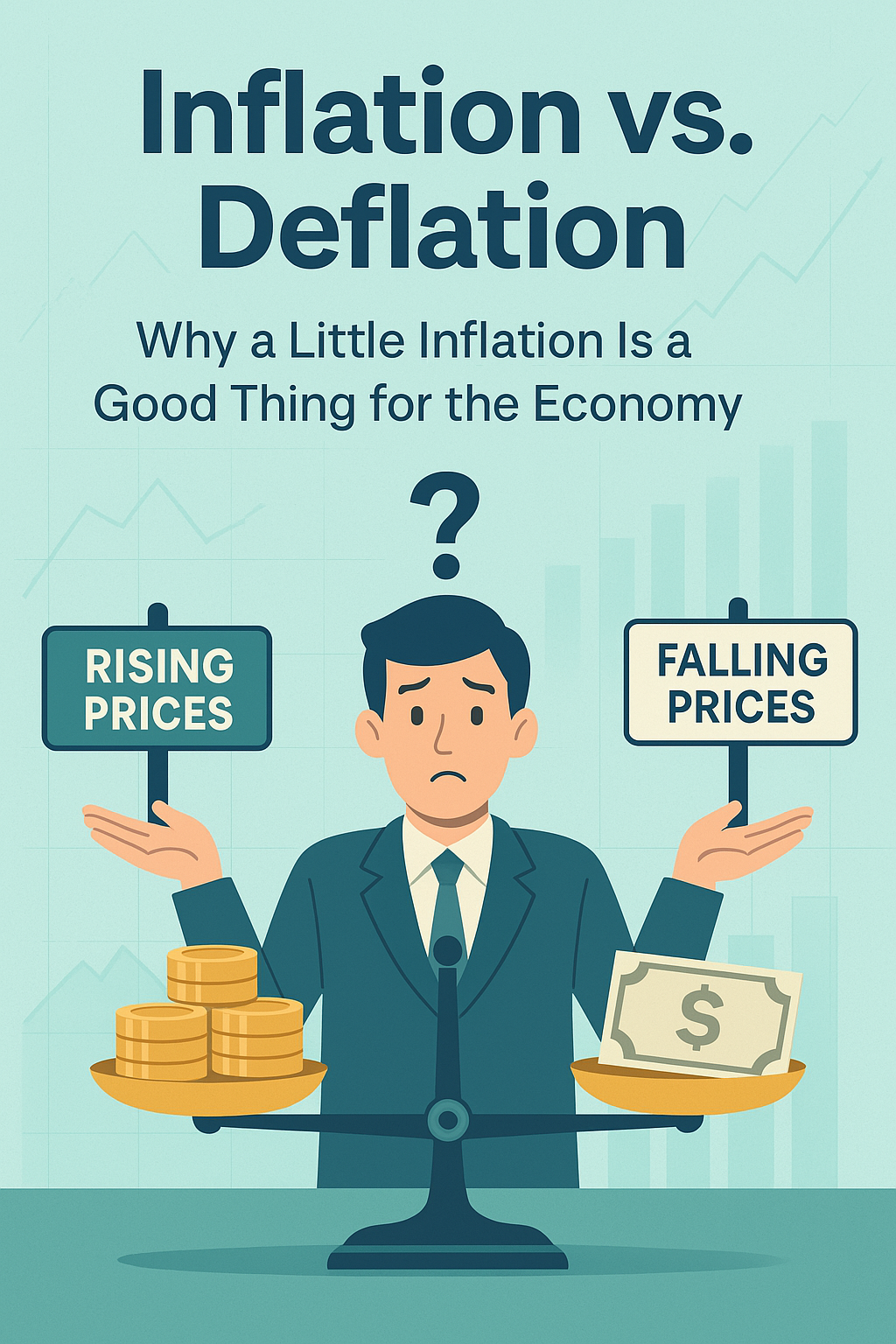In a series of bold announcements in early 2025, President Donald J. Trump has touted a staggering $8 trillion in new investments pouring into the United States, a figure that dwarfs previous economic milestones. From tech giants like Apple and NVIDIA to international players like Japan’s SoftBank and the United Arab Emirates, companies and nations are committing billions—potentially trillions—to build factories, AI infrastructure, and semiconductor plants across America. But what does this mean for the average U.S. citizen, and how does it stack up historically? Let’s unpack the implications and put this moment in context.
A New Era of Jobs and Opportunity
The cornerstone of these investments is job creation. The White House estimates over 451,000 new jobs will stem from these commitments, spanning advanced manufacturing, technology, and logistics. For example, TSMC’s $100 billion investment in five new chip factories in Arizona is projected to create thousands of high-paying roles, while Apple’s $500 billion pledge includes 20,000 jobs in silicon engineering and AI development. Regions like the Rust Belt, long battered by deindustrialization, could see a revival as companies like Hyundai ($21 billion) and Toyota ($88 million) expand manufacturing in states like Louisiana and West Virginia.
For workers, this could mean more than just jobs—it could spark wage growth. Increased demand for skilled labor, from engineers to factory technicians, often forces employers to offer better pay and benefits. Local economies stand to benefit, too. When a factory opens, nearby businesses—restaurants, retailers, and housing markets—thrive. Towns like Belvidere, Illinois, where Stellantis is investing $5 billion to reopen an assembly plant, could experience mini economic booms, creating a ripple effect of prosperity.
Economic and Global Implications
These investments signal a strengthening of the U.S. economy on the global stage. Foreign capital inflows, like the UAE’s $1.4 trillion commitment, boost demand for U.S. assets, potentially strengthening the dollar. A stronger dollar could lower import costs, easing inflation pressures on consumers. However, it might also make U.S. exports pricier, challenging some industries. Additionally, increased corporate activity could swell tax revenues, providing funds for public services—though this depends on how many tax incentives companies negotiate.
Trump’s policies, particularly tariffs on imports, are a key driver. By imposing 25% tariffs on steel, aluminum, and goods from countries like China, Canada, and Mexico, the administration is pushing companies to relocate production to the U.S. to avoid penalties. For instance, Honda’s decision to shift Civic hybrid production from Mexico to Indiana reflects the tariff’s impact. This “America First” strategy aims to reverse decades of manufacturing losses, particularly to China, which capitalized on low wages and lax regulations after joining the WTO in 2001.
Historical Context: Who Else Brought the Big Bucks?
This isn’t the first time a president has spurred massive investment. Under President Joe Biden, the CHIPS and Science Act and Inflation Reduction Act catalyzed over $910 billion in private manufacturing investments by 2024, with Intel and TSMC building semiconductor plants and Ford investing in EV batteries. President Ronald Reagan’s deregulation and tax cuts in the 1980s drew foreign capital, especially from Japan, while Bill Clinton’s tech-driven 1990s saw a global investment surge. Trump’s first term (2017–2020) also saw repatriated profits and expansions from companies like Apple, though factory openings were less robust than promised.
If Trump’s $8 trillion materializes, it would eclipse these efforts, potentially rivaling post-WWII industrialization. However, skepticism is warranted. Some announced investments, like Apple’s, include routine spending, and past promises—like Foxconn’s scaled-back Wisconsin project—have underdelivered.
The Flip Side: Risks and Challenges
While the upside is tantalizing, risks loom. Many jobs, especially in construction, may be temporary. Automation could limit long-term hiring, as modern factories rely heavily on robotics. Environmental concerns from rapid industrial growth could spark backlash, particularly in communities near new facilities. Moreover, Trump’s tariffs have triggered retaliatory measures from Canada, the EU, and China, raising costs for U.S. businesses and consumers. Small manufacturers, like Delaware’s Sumuri LLC, report squeezed margins due to higher import costs. The stock market’s $4 trillion loss in March 2025 reflects investor unease over tariff-driven uncertainty.
What’s Next for Americans?
For U.S. citizens, this investment wave could herald a manufacturing renaissance, bringing jobs, economic vitality, and a stronger global position. But the benefits won’t be evenly distributed—regions with new factories will gain more, while others may see little change. Inflation risks from tariffs and the uncertainty of unfulfilled promises temper the optimism. Historically, no president has matched this scale of pledged investment, but execution will be key. As factories rise and workers are hired, Americans will be watching closely to see if this economic gamble delivers on its promise of a “golden age”.
Related Articles:
Financial Disclaimer
The information provided on HelpyYourFinances.com is for general informational purposes only and is not intended to be financial advice. While we strive to ensure the accuracy and reliability of the content, it is important to remember that financial decisions are personal and should be tailored to your individual circumstances.
We strongly recommend that you consult with a qualified financial advisor or other professional before making any financial decisions. The content on this website should not be considered a substitute for professional financial advice, analysis, or recommendations. Any reliance you place on the information provided is strictly at your own risk.



